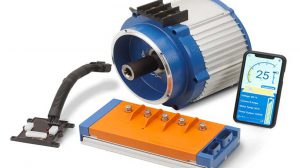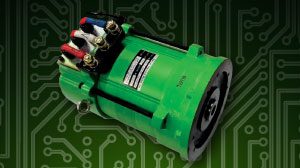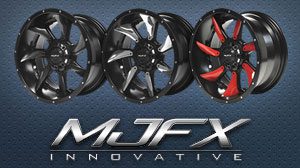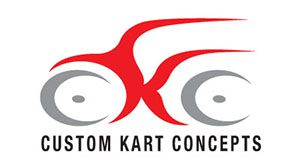By: Matt Vallez
The need for speed has been a never ending request for as long as I have been involved with golf cars. But what about ones need to stop? How about the having control of the golf car? It would be nice to be able to go 30 miles per hour, in a golf car, while having the confidence that you will be able to stop. This is not the feeling you get in most speed modified golf cars.
There are many different ways to hot rod a golf car. I have seen both gas and electric cars highly modified. One electric golf car was modified to the point where the vehicle did a 1/8 mile in 11 seconds, that’s quick for anything. The 72 volt electric golf car was so powerful it launched itself up on to two wheels down the track. It needed almost as much room to slow down because it only had the original mechanical braking system. This is the problem with most speed modified golf cars, they have a brake system designed to stop a vehicle that has a top speed of only15 miles per hour.
Let’s talk about some more practical speed modified golf cars. The average slightly speed modified golf car is most likely electric, because they cost less and are easier to modify, especially for the average golf car mechanic. They hit top speeds of just under 25 miles per hour. Historically there are two different varieties of electric golf cars and each has it own challenges in increasing the braking performance. The first is the good old fashioned series electric car; these simple DC motors could be paired with any high amp series controller. But no matter how mild or wild the combination is you get no help in the slowing down department. The series cars free wheel once you remove your foot from the accelerator. The second variety is the step-x or separately excited DC systems, also know as regenerative braking systems, this is a bit ironic. These systems, by whatever name you want to use, when modified to increase speed are altered in such a way that they do not retain their ability to use the motor as a method of braking. Once the parameters are changed so these systems will go faster the braking parameters are also changed and are not in favor of braking.
So what is the best way to get good braking performance? The new AC cars stop as soon as you take your foot off the accelerator, but no one has had the chance to see what happens when these cars are modified to go 25 miles per hour. However, changing to an AC system for the purpose of improving braking would an expensive proposition. So let’s just focus on the brakes as the best way to stop a golf car. The top two OEM’s have known of this weakness for a long time. Both E-Z-GO and Club Car have had hydraulic brakes available or as standard equipment on many industrial golf type vehicles for years. The reason is because the cars they put them on were designed to handle heavy payloads, when compared to fleet golf cars. Taking a lesson from the big guys, stick with what works, hydraulic brakes, so the bottom line is hydraulic systems are the best way to improve stopping power.
Well Steve Stimely of Jake’s has out done himself again. He has designed a brake system that stops the car 3 times more effectively while not interfering with the mechanical brakes. That way the mechanical brake can still work as a parking or hill brake as per the original design. The front is where most of the braking power is needed to stop any vehicle, just check your front brakes on your car, they need attention twice as often as the rear ones do on most cars. So if you want a good solution for stopping try a set of the newly designed Jake’s hydraulic brakes available from Nivel or Jake’s. That is the word on how to stop your golf car.










